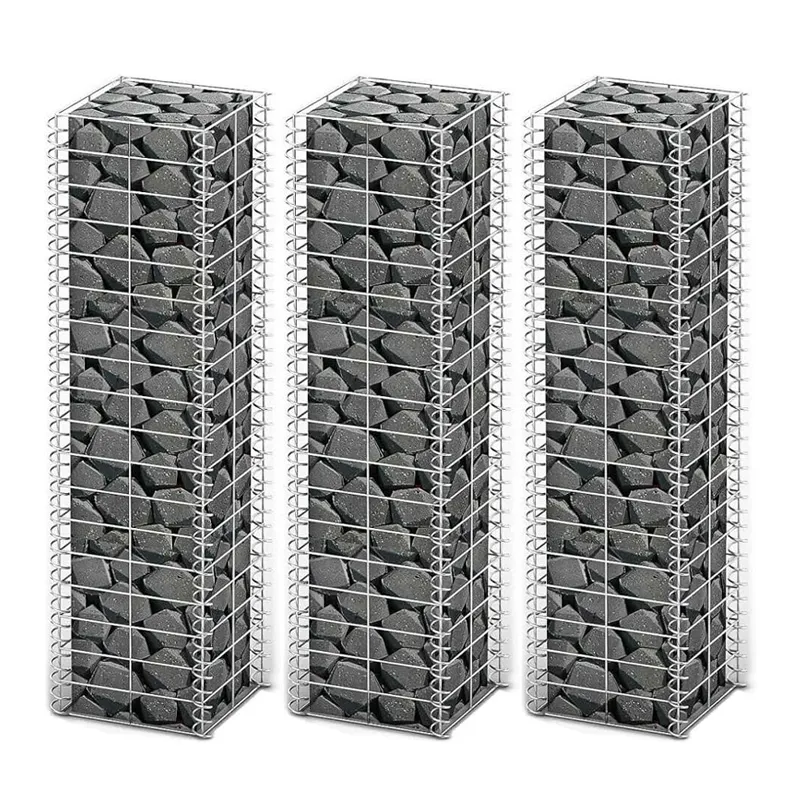-
+86 15030157877
-
sales@galvanizedmetalmesh.com
Nov . 19, 2024 21:53 Back to list
grassland fence
The Importance of Grassland Fences
Grasslands, those vast expanses of open space characterized by their rich biodiversity and unique ecosystems, play a vital role in our planet's health. They are home to a wide variety of flora and fauna and provide essential services, including carbon storage, soil formation, and support for livestock. However, managing these ecosystems is crucial, and one of the effective tools for this management is the implementation of grassland fences.
Fences in grasslands serve multiple purposes, and their significance cannot be overstated. One of the primary functions of grassland fences is to serve as a boundary between different land uses. In areas where agriculture, livestock grazing, and wildlife habitats intersect, fences can help delineate these spaces. By creating distinct zones, we can minimize competition between livestock and wildlife, ensuring that both can thrive. For instance, when livestock are confined to specific areas via fencing, it prevents overgrazing in sensitive regions, allowing the native grasses and plants to regenerate and flourish.
Additionally, grassland fences play a critical role in protecting vulnerable species. Many grassland ecosystems are threatened by the encroachment of invasive species and habitat destruction. By establishing fenced reserves, we can create safe havens for native wildlife, allowing them to thrive without the risks posed by invasive species or human activities. In these protected areas, conservationists can implement restoration projects that include re-seeding native plants and controlling invasive species, ultimately leading to a healthier ecosystem.
grassland fence

Moreover, fences can enhance the management of livestock in grasslands. When pastures are divided into smaller units using rotational grazing systems, farmers can control grazing patterns, which can significantly improve the health of the land. Rotational grazing involves moving livestock from one pasture to another, allowing the grazed areas time to recover. This approach not only enhances soil health by reducing compaction and promoting plant growth but also increases the overall productivity of the land. Fences, therefore, become a crucial tool for sustainable land management, contributing to higher yields and healthier grasslands.
However, the implementation of grassland fences must be approached thoughtfully. While fences provide numerous benefits, there are potential downsides to consider. Poorly designed or inadequately maintained fences can impede the natural movement of wildlife, leading to isolated populations and reduced genetic diversity. For this reason, it is essential to incorporate wildlife-friendly designs, such as gaps or specific configurations that allow animals to pass through without excessive hindrance. This ensures that the ecological integrity of the grassland is maintained while still reaping the benefits of fencing.
Furthermore, community involvement is crucial for successful fence implementation. Farmers, conservationists, and local stakeholders must collaborate to develop fencing strategies that align with both agricultural needs and ecological health. Educational programs can play a vital role in raising awareness about the importance of grassland management practices, including fence installation. By fostering a sense of stewardship among land users, we can ensure that these practices are upheld and respected.
In conclusion, grassland fences are more than simple barriers; they are critical components of sustainable land management and conservation strategies. By helping to delineate land use, protect vulnerable species, and facilitate effective livestock management, fences can significantly contribute to the health of grassland ecosystems. However, their implementation must be done responsibly, considering both wildlife movement and community engagement. As we face increasing environmental challenges, the importance of grassland fences will only continue to grow. Managing these valuable ecosystems requires innovative and collaborative approaches, and by recognizing the role of fences, we can work towards a future where both agriculture and biodiversity coexist harmoniously.
-
Stainless Steel Wire Mesh Roll Wholesale & Manufacturers – Quality Exporters
NewsJul.26,2025
-
High Quality 3D Curved Welded Wire Mesh Fence for Security and Aesthetics
NewsJul.25,2025
-
High-Quality Security Window Screen Mesh for Home & Office Protection
NewsJul.24,2025
-
Hexagonal Gabion for River Bank Protection and Retaining Walls
NewsJul.23,2025
-
High Quality Stainless Steel Wire Mesh Roll & Supplier Wholesale Price
NewsJul.22,2025
-
Hexagonal Gabion Mesh: Durable Stone Cages for Landscaping
NewsJul.22,2025



